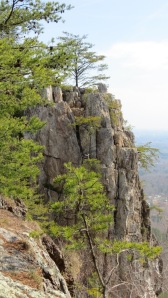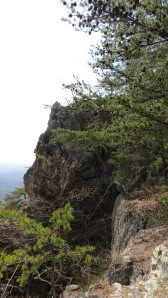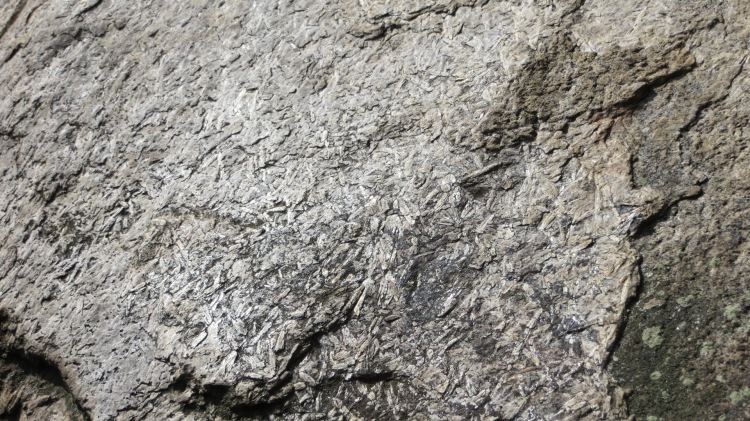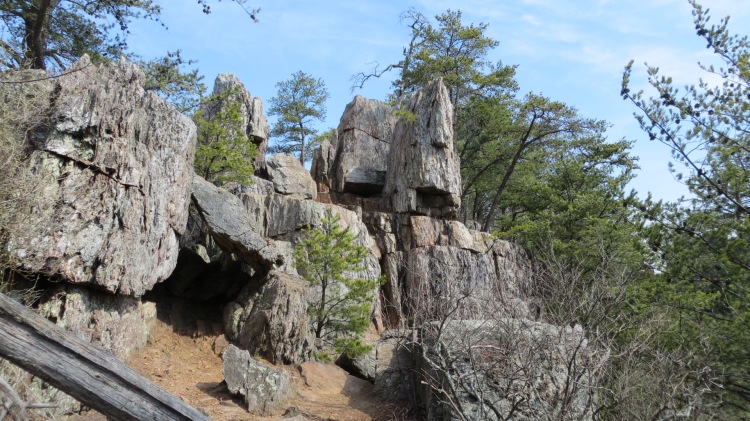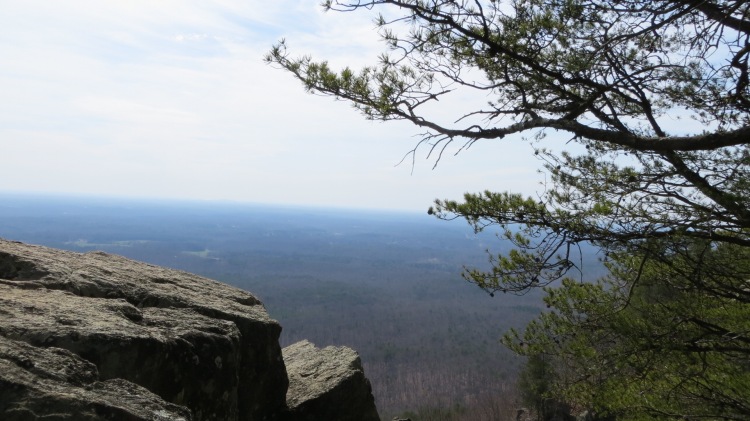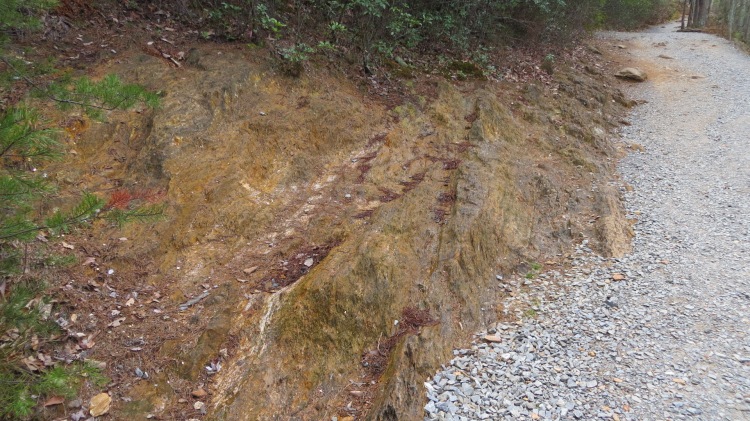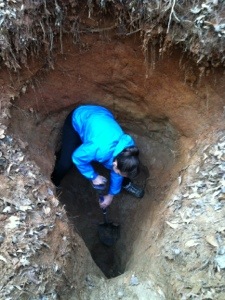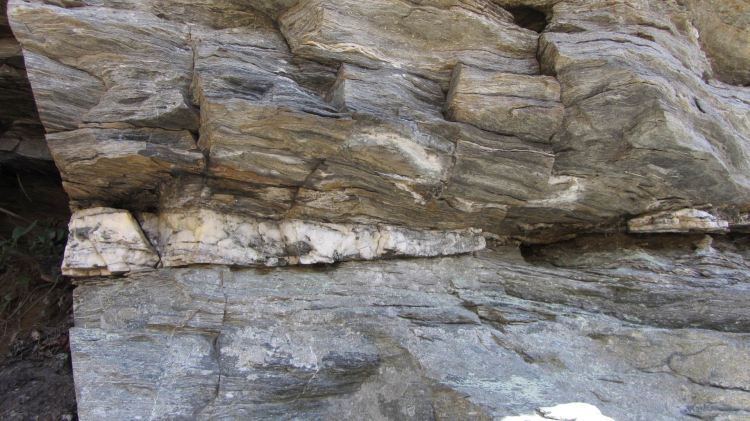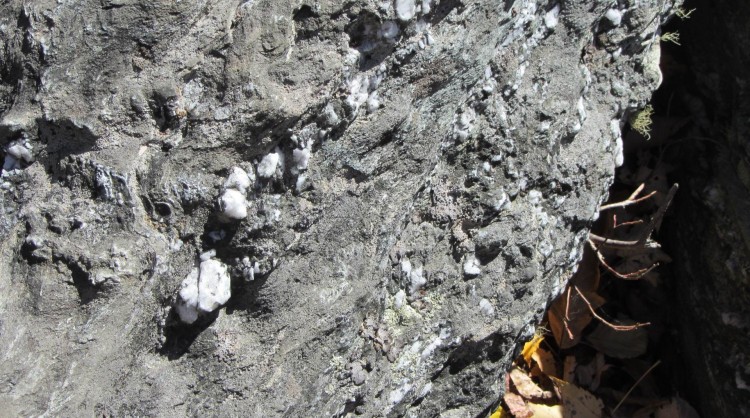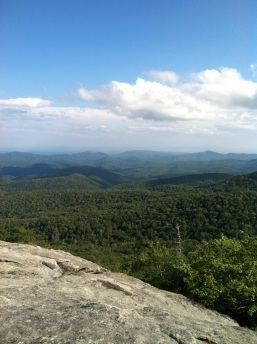
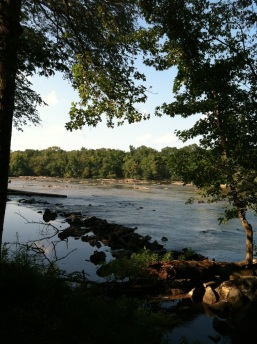
I have put up a few blog entries without really introducing myself. I guess it is better late than never! Since I started this blog I have enjoyed looking at the “site stats” about how people find my blog. I do not possibly know how so many people found it so quickly! I wanted to introduce myself to the people reading this in case anyone wanted to know my “street cred” as a blogger. I make these entries as science lessons disguised as stories about cool places to hike, about how to identify minerals and gemstones, and about sparking an interest in getting your own. I am currently completing a BS in Environmental Science. I did not come to college thinking that I wanted to be in this field. Too many tree huggers, psh. (Totally joking) I wanted to be an interior designer who specialized in sustainable design.
I absolutely loved Steve Irwin when I was a kid. (Didn’t we all?) When I started my blog my dad asked me to put a big picture of him up because he motivated me to be a scientist. Yes, I admire my dad’s curiosity, intelligence, and love for science for sure. His father, I call him Pawpaw, is one of the most amazing naturalists I know. I think he is fascinating because of how much he knows. He loves talking about all of it as well. I love to talk about things happening in the scientific community and telling people facts that they have probably never heard. Pawpaw knows every tree, every wildflower, and everything about everything else it seems. He can feed a squirrel a peanut basically right from his hand. He hunted frequently when he was younger (my dad did too) and rides his motorcycle up on the Blue Ridge Parkway in Virginia whenever he can. Hunters get a bad reputation I think. So many of them have an immense amount of respect for the animals they hunt. I love learning about plants and animals from him. By the way, take a botany class if you ever get a chance. Plants rock. A strawberry isn’t even a berry! Back to the point… Both of my parents grew up in Wild and Wonderful (the state motto) West Virginia. Oh yes, West Virginia. So many Environmental Scientists talk about mountaintop removal and how people and the environment are impacted by it. This state is beautiful to me. I love West Virginia.
Back to Steve Irwin…Steve Irwin’s conservation efforts absolutely inspired me when I was a kid. I had the shirts, tapes, games, and everything else it seemed. I watched his shows and was completely captivated by those animals. I definitely have a greater appreciation for his work now that I have a few years really studying Environmental Science under my belt. He was a “life lover”–someone who just enjoyed every moment and actually took the time to appreciate things that so many people take for granted.
I was blessed to travel throughout Australia for three weeks during June and July of 2008 after Irwin’s death. The whole reason I was interested in going there was because of him. I worked on a farm, went to the Outback, and snorkeled on the Great Barrier Reef. Something which stuck with me was just how huge everything in Australia is compared to where I live. The untamed wildness of that landscape awoke this part of me which craved adventure.
You can see that seeds were planted by multiple people. Why are you interested in geology? Why are you a scientist?
I always ask “why.” I always thought gemstones were interesting, so I started to learn more about them as a hobby. I am a gem snob. It comes in handy though when someone needs help buying jewelry though.
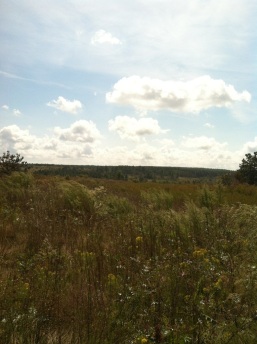
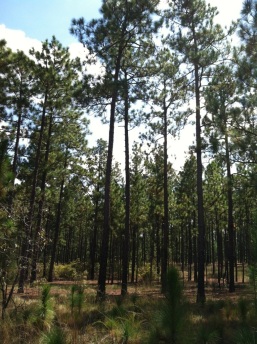
I enjoy reading the works of Muir, Thoreau, and Emerson. They are classics for a reason! I hike, often alone, because I like being able to hear animals and my footsteps with nothing else. I hiked and biked almost 200 miles for an internship last summer where I mapped trails with a GPS and wrote about them. I am very proud of this. I fixed my bike alone a mile away from anywhere. I got lost and found my way back by observing the landscape and navigating a terrible map. I had a complete blast.
My friends make fun of how I want to live off the land, hunt my own food, and give my kids nature names like Meadow and Timber Stone. I like identifying trees with my tree book. I like minerals, rocks, and soil. Much of what first caught my interest in being a scientist was for a simple reason, but the appreciation I have for the big picture is what keeps me going. I love geology and do indeed think “geology rocks,” and I’m just fine with how I study something which not too many people even contemplate. I love knowing about geology and minerals because it helps me see a bigger picture when I look at a landscape. We do not need to know the reasons why a landscape formed in order to have a great appreciation for it. There are plenty of things I do not know. I am just an undergrad after all. A lot of what I know is self taught. It’s that curious spirit.
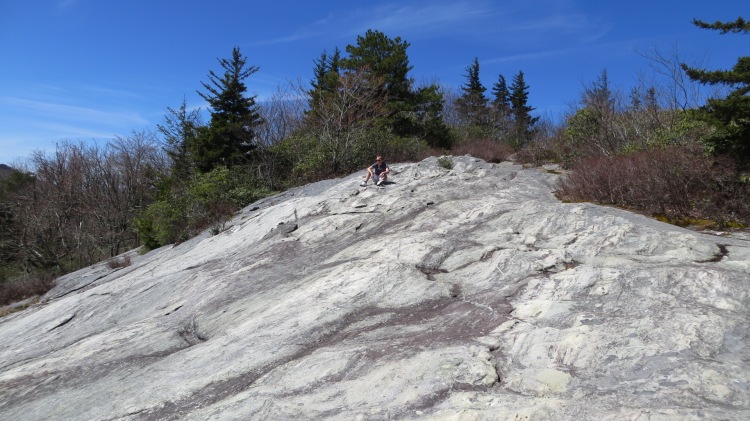
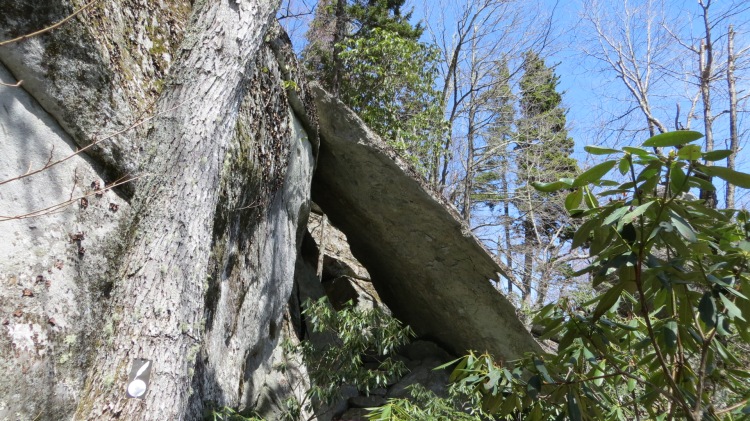
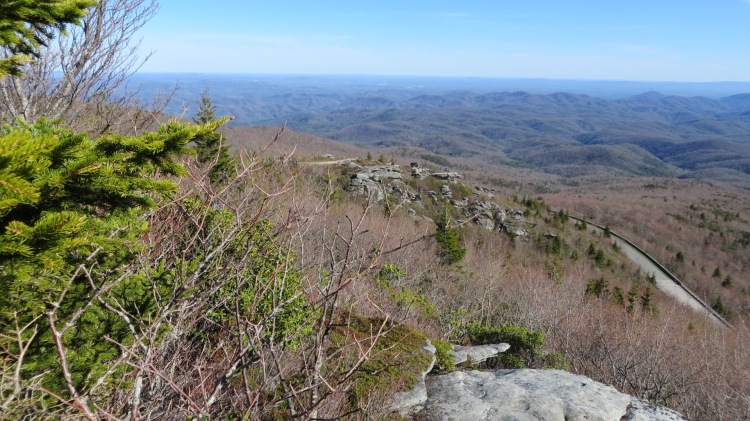
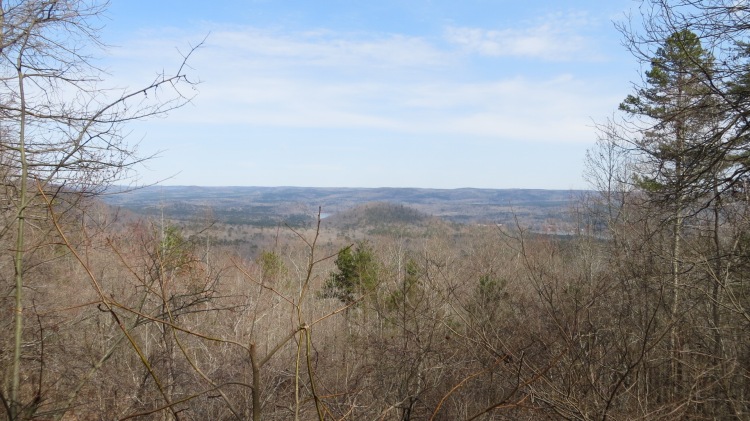
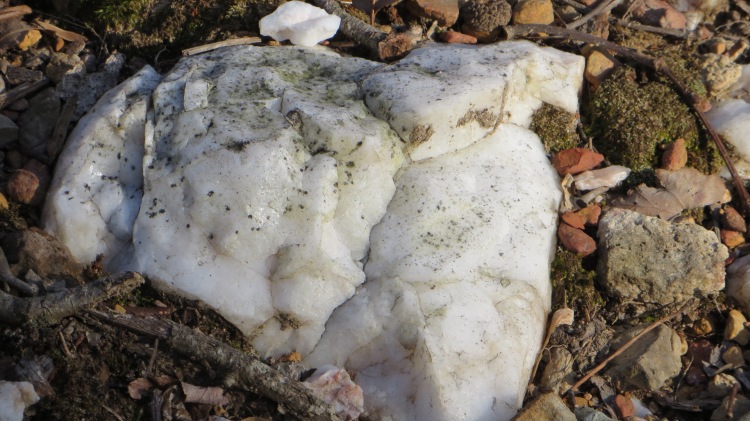 We noticed large amounts of quartz and calcite at three or four areas along the trail. You can tell the difference between the two based on how hard the they are because they look very similar. Quartz (hardness of 7 on the Mohs Scale) is the hardest, commonly-occurring mineral. Calcite’s hardness is Yes, other things are much harder such as corundum and diamond, but Quartz (SiO2) is the most abundant mineral in the world. Calcite (CaCO3) is much softer at a hardness near 3. Furthermore, the signs throughout the park (any state park has these signs) which said “Please do not remove any plant, rock, or mineral specimens from the park” made us really laugh out loud. Obviously those signs made me want to figure out which types of minerals the park could possibly be hiding!
We noticed large amounts of quartz and calcite at three or four areas along the trail. You can tell the difference between the two based on how hard the they are because they look very similar. Quartz (hardness of 7 on the Mohs Scale) is the hardest, commonly-occurring mineral. Calcite’s hardness is Yes, other things are much harder such as corundum and diamond, but Quartz (SiO2) is the most abundant mineral in the world. Calcite (CaCO3) is much softer at a hardness near 3. Furthermore, the signs throughout the park (any state park has these signs) which said “Please do not remove any plant, rock, or mineral specimens from the park” made us really laugh out loud. Obviously those signs made me want to figure out which types of minerals the park could possibly be hiding!